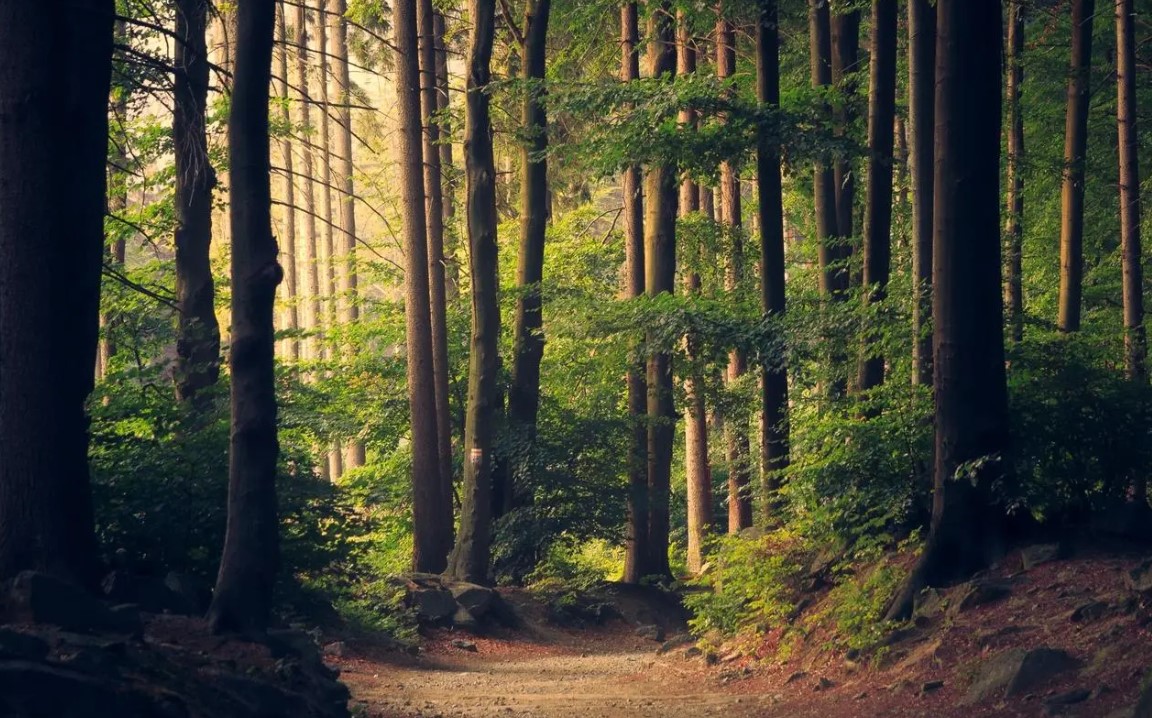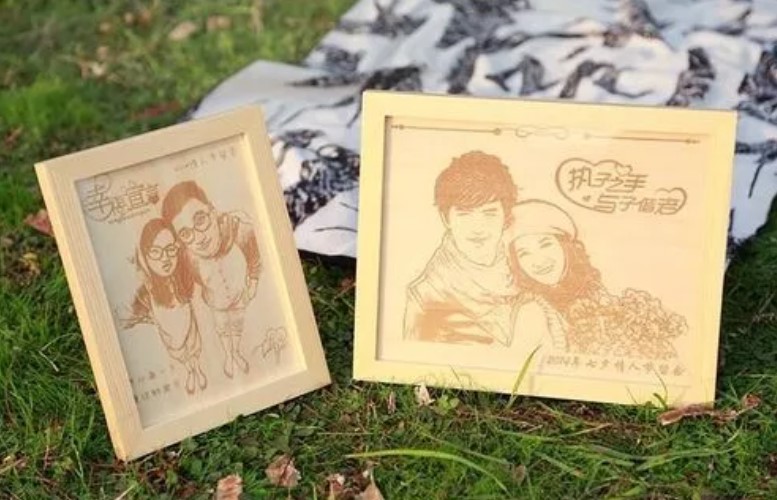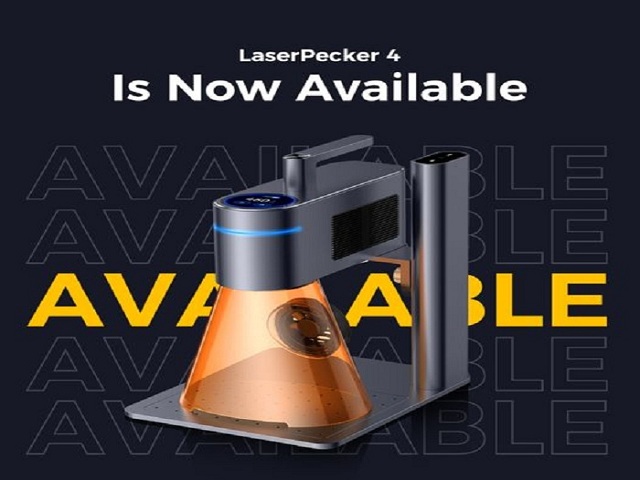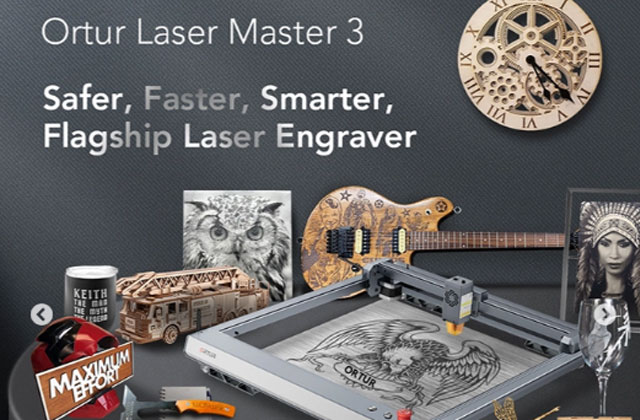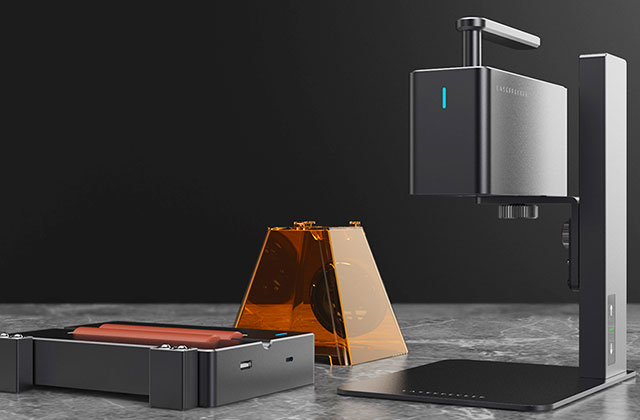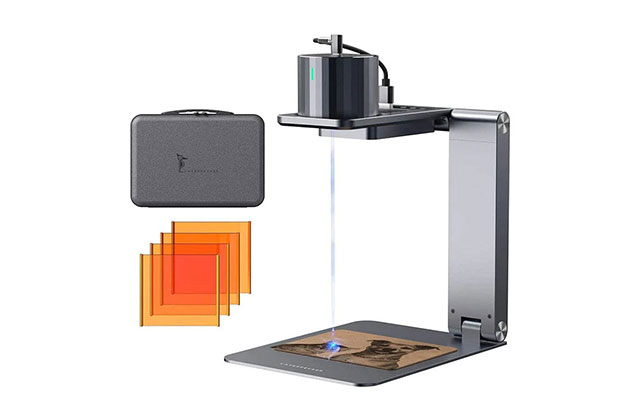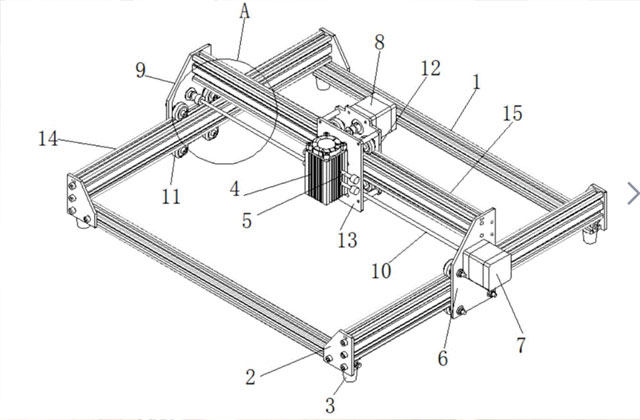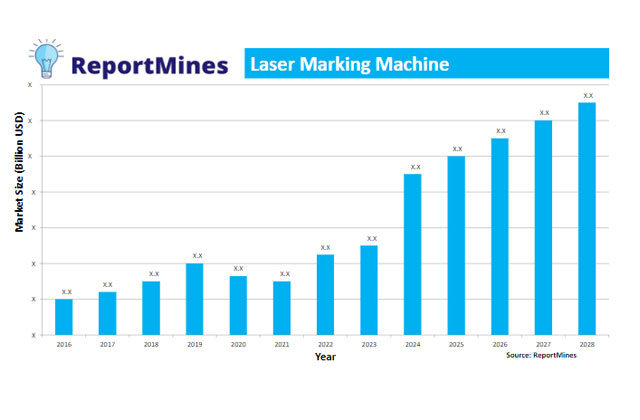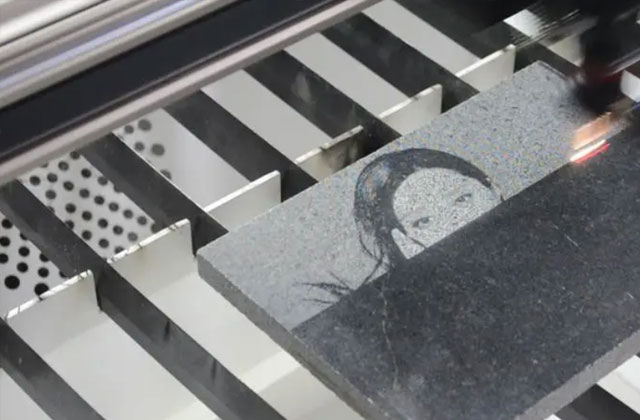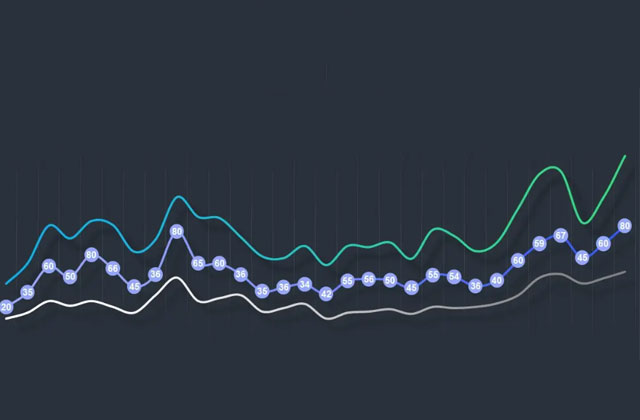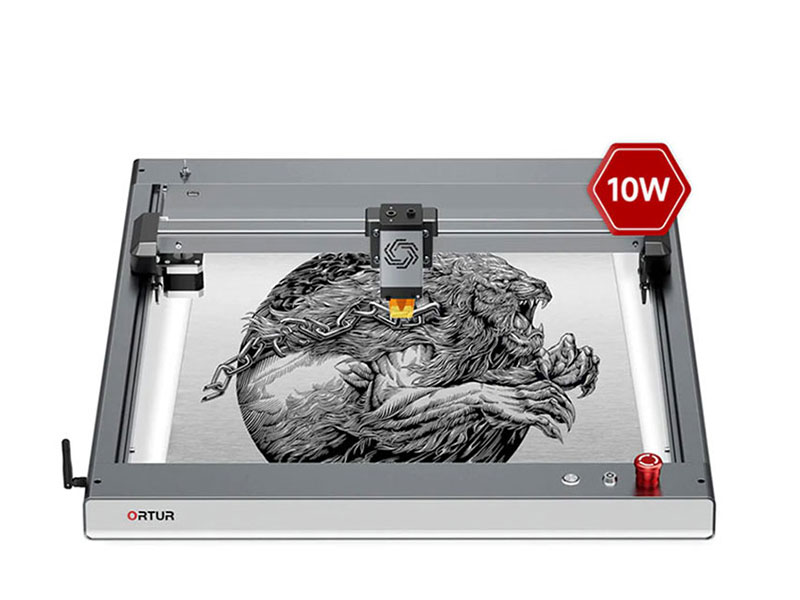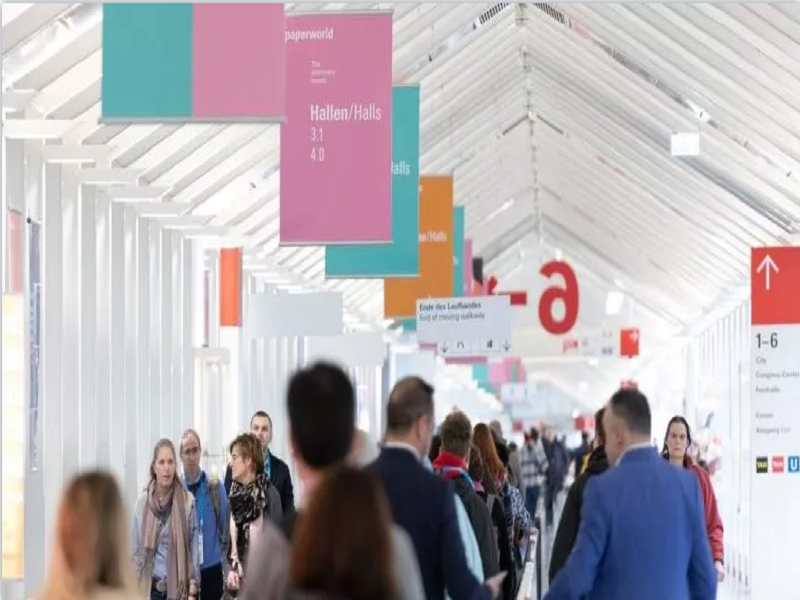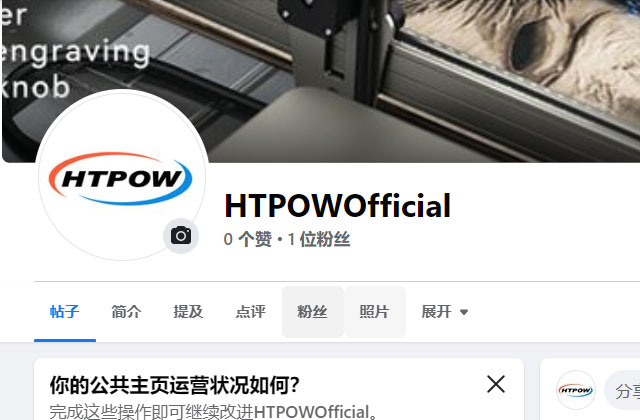Wood is one of the most commonly used materials for laser cutters and engravers, and it has many advantages. It has relatively inexpensive options compared to other materials and looks great when used with a laser cutter. Best of all, it's easy to find at your local hardware store, where you can cut it to the size you need for laser engraving on wood.
Wood Properties
Origin: Wood is a natural, readily available material derived from trees.
Texture: Different texture densities and orientations can produce different results.
Growth rings and knots: When laser engraver for wood, Optical fiberlasers respond differently when trying to cut or engrave knots and other irregularities in the same piece of material. For best cutting and engraving results, try to find wood with fewer knots, growth rings, and other imperfections.
Moisture content: Laser cutting and engraving affect dry wood differently than damp (or green) wood.
Oil and resin content: Wood with high resin and oil content tends to burn more noticeably at the edges and is more likely to have tempering at the bottom of the material.
Wood Style
1. Natural wood (not chemically treated)
2. Cork
Birch (easy to find, readily available)
Pine (great choice for laser cutting)
Cedar (soft, straight grain, pleasant smell)
Mahogany (reddish, moisture resistant)
3. Hardwood
Ash (hard to find, well done)
Birch (ready-made)
Cherry (Furniture Pop)
Mahogany (laser works great, hard to find)
Oak (beautiful texture, easy to work with)
4.Walnut (works well with lasers, expensive and rare)
5. Balsa wood (very lightweight, cheap, great for laser cutting)
6. Bamboo (technically not wood, but widely used for cutting boards, great for carving, but difficult to cut, works great)
Not recommended for laser engraver or cut wood.
Fibreboard: Fibreboard is made from glulam fibers that suppress laser light and produce undesirable effects as well as toxic fumes.
Exotic hardwoods: Extremely dense hardwoods are difficult to cut and produce inconsistent results when carving. Hardwood maple is included here.
Mexican Elder, Oleander: Smoke from cutting and carving produces harmful fumes.
Wood Laser Engraving: Applications
General Approach: Start with high-quality wood that is flat and has the fewest knots and blemishes. If you are cutting or engraving plywood, try to find an unwarped slab. Plywood may also give different results due to the density of the different layers and the glue used to hold the layers together.
Edge Burn: Edge burn is a natural phenomenon that darkens the edges as the laser vaporizes the wood. While edge burns cannot be completely avoided, dry wood with less resin and oil will have a lesser edge burn effect.
Thickness: Generally, a 10W to 20W optical fiber laser like the xTool D1 Pro or Ortur Laser Master 3 can cut wood up to 15cm thick, while a laser like the Atomstack S20 Pro with a 90W tube can cut wood up to 20 inches thick. You can use multiple passes to cut thicker paper than this, but your results may vary and you may see too much charring. It is recommended to find the best settings on your laser wood cutter to produce a clean cut in one pass.
If you are using a Laserpecker 2 laser engraving machine, then I recommend you use the engraving function.
Density: Wood has a wide range of hardness, which can affect your strength and speed settings.
Wood Veneer Tips
Cleaning: After vector cutting, there will be soot residue on the edges. Gently wipe off excess soot with a rag. For laser engraver on wood, a rag may wipe off the desired contrast, so wash with mild room temperature water and allow to air dry.
Preservation: A good finish will preserve and protect your work. Observe safety precautions when using finishing chemicals.
Enhancement: Like any wood product, you can stain to enhance the natural beauty of the wood. You can also use paint to add color or mask imperfections in the wood, such as knots. Make sure to use your stain after laser engraving or laser cutting wood, as most stains are oily and can be flammable.
Wood Laser Engraving: Settings
Your power, speed, and other laser settings will vary based on factors such as thickness and the type of wood you are cutting or carving. Even your laser power and local environment can affect the setup. Therefore, we recommend not to give arbitrary settings, but to material test a piece, you can download our material tests and logs on our website.
Wrap Up
Because of its versatility and usability, you'll likely spend a lot of time processing many different types of wood with fiber laser cutters and engravers. This article should give you an idea of the do's and don'ts when laser engraving on wood. Your safety is very important, so make sure you take safety precautions at all times, never leave the laser unattended, and carry a fire extinguisher with you.
However, the best way to know what works best when laser engraving on wood is to dig in and don't be afraid to make mistakes. Always have extra material on hand, and don't be afraid to experiment. Trial and error will be the best way for you to become a laser expert.
HTPOW is an excellent collaborator for many laser cutting and laser engraving brands. Our machines operate all over the world.

